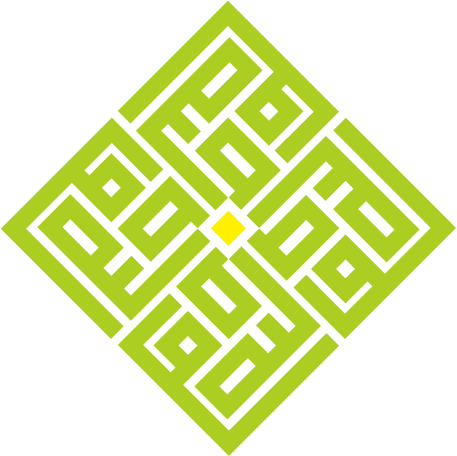Analisis Buku Bahasa Arab Pegangan Guru dan Siswa Kelas XI Kurikulum 2013
DOI:
https://doi.org/10.21154/tsaqofiya.v3i1.65Keywords:
Arabic handbook analysis, teacher's handbook, student’s handbookAbstract
This study aims to explain the quality of the teacher's handbook and the student's handbook of Arabic book on XI class with curriculum of 2013 printed by the Ministry of Religion in Indonesia. The existence of books has a very important role in learning in schools. In this case, the quality of the textbooks that are used as learning resources also determines the results of the achievement of learning objectives. One of the government policies in implementing the curriculum of 2013 is the use of student’s handbook that are equipped with a teacher's handbook. The approach in this research is descriptive qualitative (Library Research). The data in this study are related to the quality of teacher’s and student’s handbook. The source of the data was obtained from the textbooks of teachers and students of Arabic class XI curriculum of 2013 printed by the Ministry of Religion. Data collection techniques through documentation. Meanwhile, the data analysis technique is through clarification and description. Based on the analysis that has been done, the results of this study indicate that the quality of teacher and student textbooks is in the good category. However, there are several things that need to be completed, such as writing the address of the photo or image where it was obtained in the discussion of the material.
References
Departemen Pendidikan Nasional, Standar Penilaian Buku Ajar, (Jakarta; Pusbuk, 2005)
Direktorat Pendidikan Menengah Umum, Pedoman memilih buku SMA (Jakarta: Direktorat Pendidikan Menengah Umum, Direktorat Jenderal Manajemen Pendidikan Dasar dan Menengah, Departemen Pendidikan Nasional, 2004)
Hermawan, Acep. “Metodologi Pembelajaran Bahasa Arab, Cet Ke-1, Bandung: PT.” Remaja Rosdakarya, 2011.
Lexy, J Moleong. “Metodologi Penelitian Kualitatif.” Bandung: Remaja Rosdakarya, 2002.
Majid, Abdul. “Perencanaan Pembelajaran Mengembangkan Standar Kompetensi Guru.” Bandung: PT Remaja Rosdakarya, 2008.
Mansur, Muslich. “Text Book Writing: Dasar-Dasar Pemahaman, Penulisan Dan Pemakaian Buku Teks.” Jogjakarta: Ar-Ruzz Media, 2010.
Mujib, Ahmad, and Muhammad Noval Rikza. “Tadriis Al-Nahw Fii Dhau Al-Nadzhariyyat Al-Ma’rifiyyat Li Thullaab Al-Shaff Al-Raabi’ Bi Ma’had Daar Al-Najaa Al-Islaamiyy Al-Salafiyy Ponorogo.” Tsaqofiya: Jurnal Pendidikan Bahasa Dan Sastra Arab 1, no. 2 (2019): 69–84.
Mukarromah, Muhimmatul. “Tathwiir Al-Kitaab Al-Madrasiyy Li Al-Qawaaid Al-’Arabaiyyat Li Thullaab Qism Ta’liim Al-Lughat Al-’Arabiyyat Bi Al-Jaami’ah.” Tsaqofiya: Jurnal Pendidikan Bahasa Dan Sastra Arab 1, no. 2 (2019): 51–68.
Muslich, Masnur. “Text Book Writing: Dasar-Dasar Pemahaman, Penulisan, Dan Pemakaian Buku Teks.” Jogjakarta: Ar-Ruzz Media 52 (2010): 47–52.
Prastowo, Andi. Panduan Kreatif Membuat Bahan Ajar Inovatif. Yogyakarta: Diva Press, 2011.
Supriadi, Dedi, and Hermawan S Nugroho. Anatomi Buku Sekolah Di Indonesia: Problematik Penilaian, Penyebaran, Dan Penggunaan Buku Pelajaran, Buku Bacaan, Dan Buku Sumber. -, 1919.
Tarigan, Henry Guntur, and Djago Tarigan. Telaah Buku Tekst Bahasa Indonesia. Angkasa, 1986.








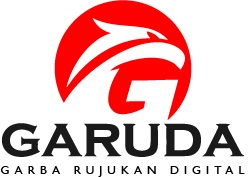


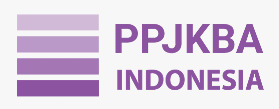
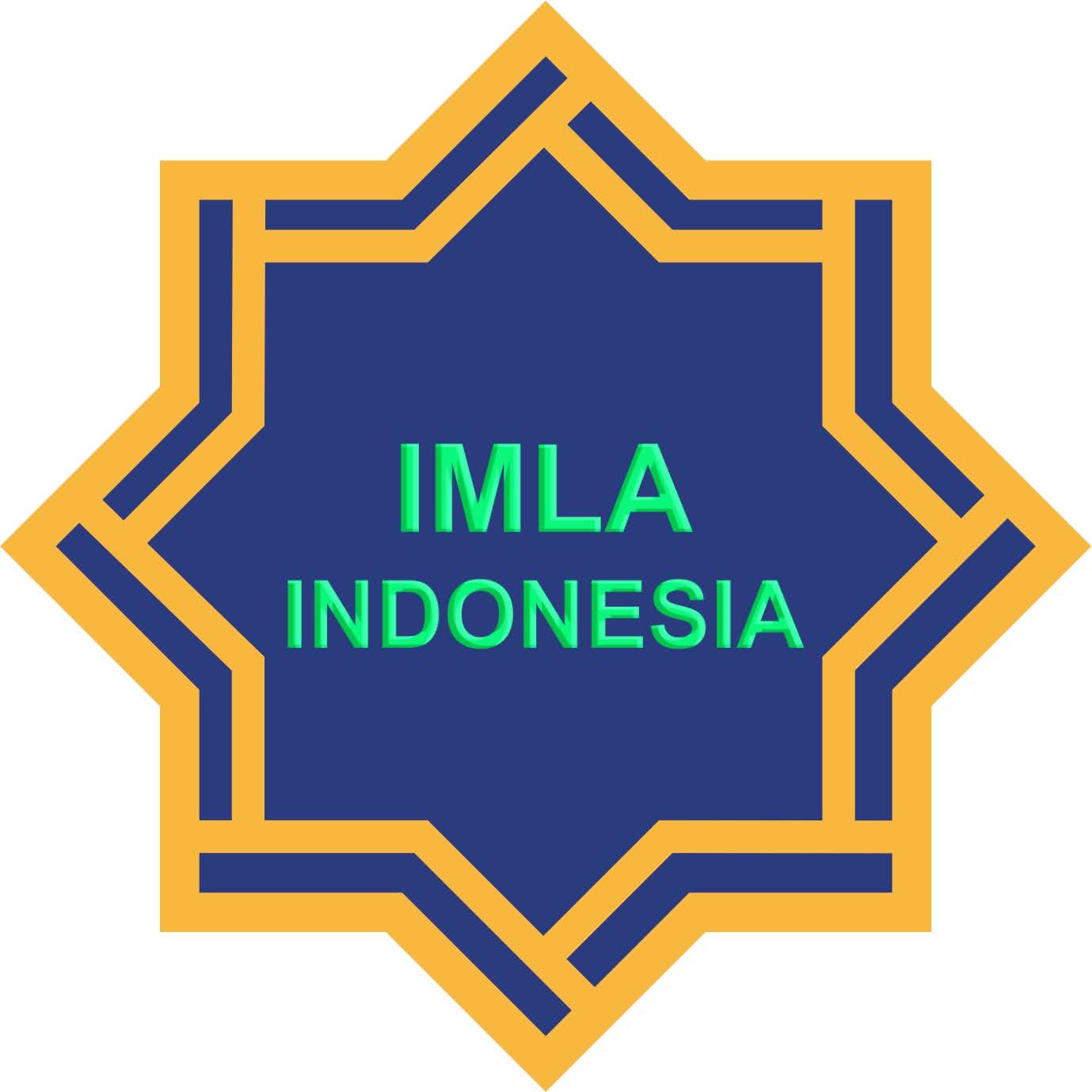
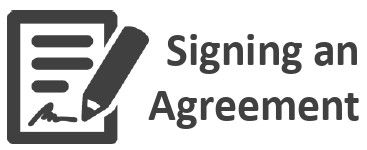

.png)
